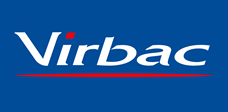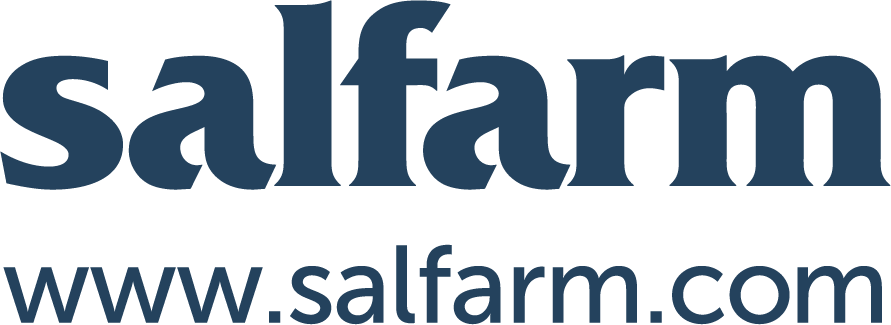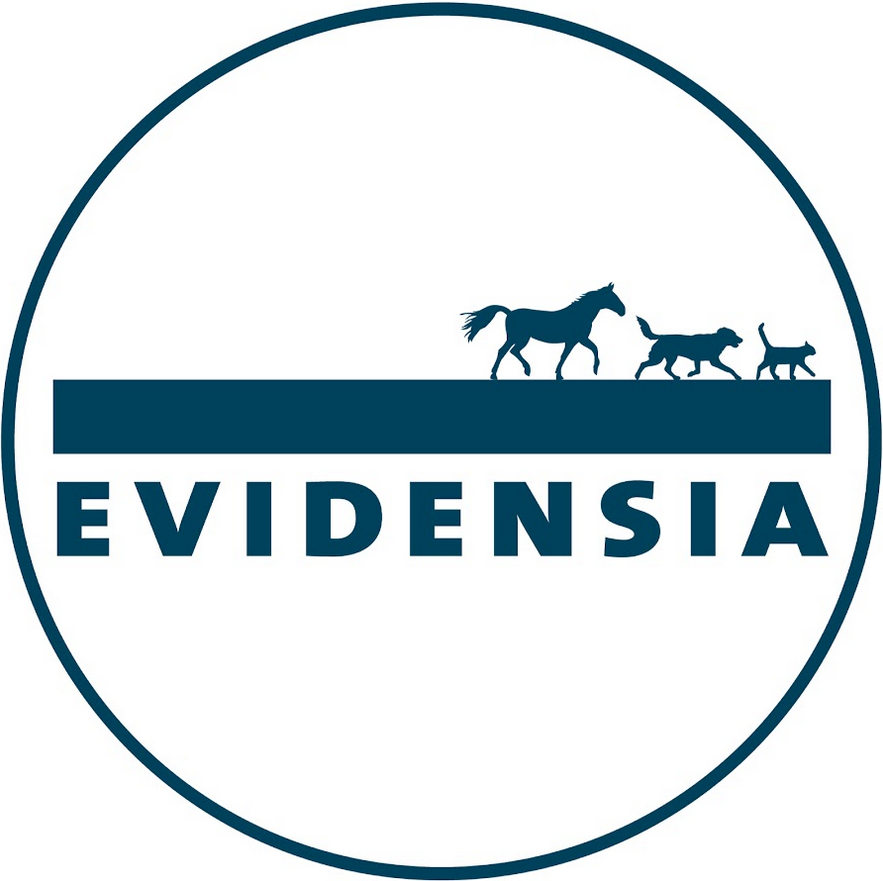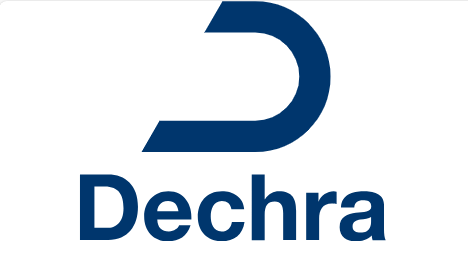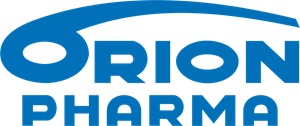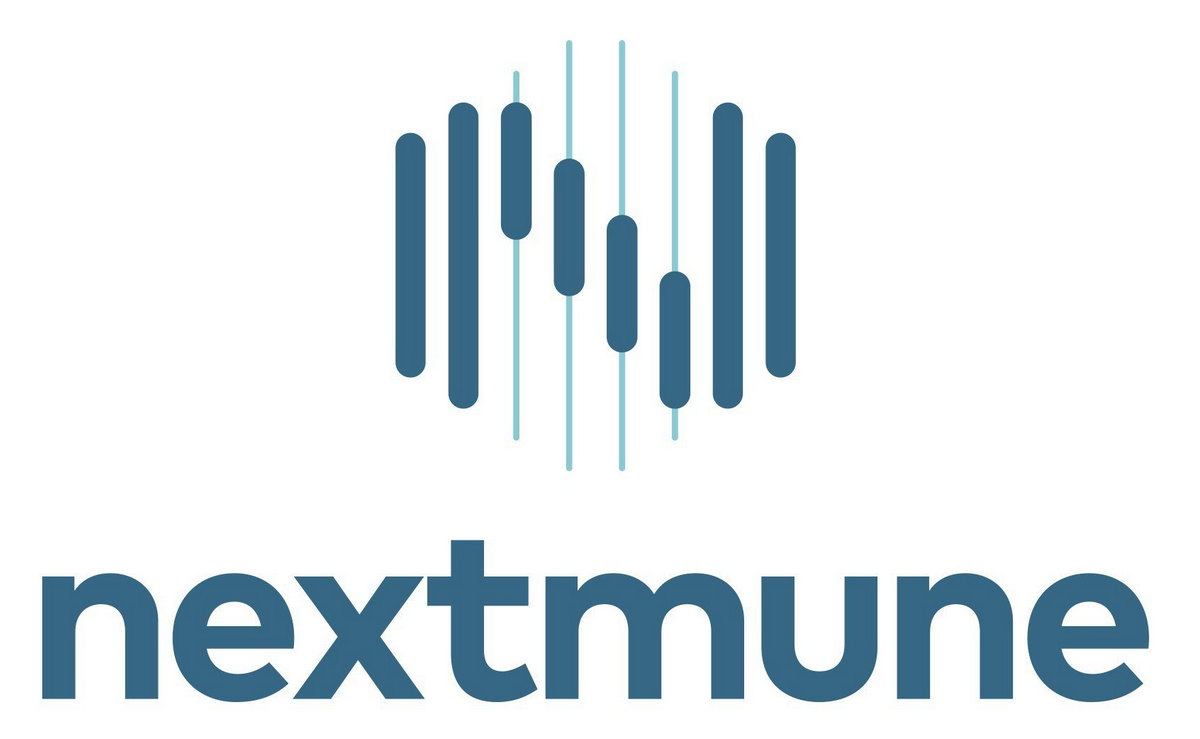Combination therapy
No results were found for your selected species
Fencovis
Active substance
ATC code
Species
Cattle (pregnant heifers and cows).
Indications
Active immunisation of pregnant heifers and cows in order to stimulate the development of antibodies against bovine rotavirus, bovine coronavirus and E. coli expressing F5 (K99) adhesin and to increase the level of passive immunity of calves against neonatal diarrhoea caused by bovine rotavirus, bovine coronavirus and E. coli expressing F5 (K99) adhesin.
In calves fed with colostrum and milk from vaccinated cows for the first week of life, laboratory studies conducted with heterologous challenge strains (a G6 BRV strain, a BCV strain, and a K99 E. coli strain) have demonstrated that these antibodies:
- prevent neonatal diarrhoea caused by bovine rotavirus and E. coli expressing F5 (K99) adhesin,
- reduce the incidence and severity of neonatal diarrhoea caused by bovine coronavirus,
- reduce faecal shedding of virus in calves infected with bovine rotavirus and bovine coronavirus.
Onset of immunity:
In calves fed with colostrum from vaccinated heifers or cows, passive immunity commences with colostrum feeding and is dependent on calves receiving sufficient colostrum after birth.
Duration of immunity:
Calves fed with colostrum and milk from vaccinated dams for the first week of life are protected against bovine rotavirus for 7 days and against bovine coronavirus for 14 days.
The duration of immunity against infections caused by E. coli expressing F5 (K99) adhesin was not studied since such disease is usually observed in calves less than 3 days of age and susceptibility to enterotoxigenic E.coli is age dependent.
Dose to be administered and administration route
Intramuscular use.
Slowly warm up to room temperature and gently shake the content of the vial before administration.
Administration:
One dose of 2 ml by intramuscular injection.
A single injection should be given during each pregnancy between 12 and 3 weeks before the expected calving.
Colostrum feeding:
Calves are born without protection from antibodies. Immunity against calf diarrhoea is provided by rapid uptake of colostral antibodies from vaccinated dams. The first colostrum intake should take place as soon as possible, ideally within 2 hours and at most 6 hours after birth. In dairy calves, it should represent a volume equivalent to approximately 10% of the body weight, followed by a similar volume within 12 hours. Beef calves should stand and suckle within 2 hours of calving.
Adverse reactions
Cattle (pregnant heifers and cows)
|
Very common (>1 animal / 10 animals treated): |
Elevated temperature1. |
|
Common (1 to 10 animals / 100 animals treated): |
Injection site swelling2. |
1. Mean increaseof 1.0°C that may reach 2.1°C in individual cases, resolving within 2 days.
2. Localised (diameter ≤ 5 cm) mild, resolving within 2 days.
Reporting adverse events is important. It allows continuous safety monitoring of a veterinary medicinal product. Reports should be sent, preferably via a veterinarian, to either the marketing authorisation holder or the national competent authority via the national reporting system. See the package leaflet for respective contact details.
Dispensing
POM-V - Prescription Only Medicine – VeterinarianSUMMARY OF PRODUCT CHARACTERISTICS
1. NAME OF THE VETERINARY MEDICINAL PRODUCT
Fencovis suspension for injection
2. QUALITATIVE AND QUANTITATIVE COMPOSITION
Each 2 ml dose contains:
Active substance<s>:
|
Inactivated E. coli expressing F5 (K99) adhesin, strain O8:K35 |
RP ≥ 1* |
|
Inactivated bovine rotavirus, serotype G6P1, strain TM-91 |
RP ≥ 1* |
|
Inactivated bovine coronavirus, strain C-197 |
RP ≥ 1* |
* Relative potency (RP): level of antibodies in sera of vaccinated guinea pigs as determined by ELISA in comparison with the reference serum obtained after vaccination of guinea pigs with a vaccine batch that has successfully passed the challenge test in the target animals.
Adjuvants:
|
Aluminium hydroxide |
6 mg |
|
Quillaja saponin (Quil A) Excipients: |
≤ 0.4 mg |
|
Thiomersal |
0.2 mg |
|
Formaldehyde |
≤ 1 mg |
For the full list of excipients, see section 6.1.
3. PHARMACEUTICAL FORM
Suspension for injection.
Appearance: orange, pink to deep pink liquid with whitish sediment, which is homogenously dispersed after shaking.
4. CLINICAL PARTICULARS
4.1 Target species
Cattle (pregnant heifers and cows).
4.2 Indications for use, specifying the target species
Active immunisation of pregnant heifers and cows in order to stimulate the development of antibodies against bovine rotavirus, bovine coronavirus and E. coli expressing F5 (K99) adhesin and to increase the level of passive immunity of calves against neonatal diarrhoea caused by bovine rotavirus, bovine coronavirus and E. coli expressing F5 (K99) adhesin.
In calves fed with colostrum and milk from vaccinated cows for the first week of life, laboratory studies conducted with heterologous challenge strains (a G6 BRV strain, a BCV strain, and a K99 E. coli strain) have demonstrated that these antibodies:
- prevent neonatal diarrhoea caused by bovine rotavirus and E. coli expressing F5 (K99) adhesin,
- reduce the incidence and severity of neonatal diarrhoea caused by bovine coronavirus,
- reduce faecal shedding of virus in calves infected with bovine rotavirus and bovine coronavirus.
Onset of immunity:
In calves fed with colostrum from vaccinated heifers or cows, passive immunity commences with colostrum feeding and is dependent on calves receiving sufficient colostrum after birth.
Duration of immunity:
Calves fed with colostrum and milk from vaccinated dams for the first week of life are protected against bovine rotavirus for 7 days and against bovine coronavirus for 14 days. The duration of immunity against infections caused by E. coli expressing F5 (K99) adhesin was not studied since such disease is usually observed in calves less than 3 days of age and susceptibility to enterotoxigenic E.coli is age dependent.
4.3 Contraindications
None.
4.4 Special warnings for each target species
Vaccinate healthy animals only.
4.5 Special precautions for use
Special precautions for use in animals
To achieve optimum results and to reduce infection pressure on the farm, a whole herd cow vaccination policy should be adopted, as well as standard infectious diseases control practices.
Special precautions to be taken by the person administering the veterinary medicinal product to animals
In case of adverse reactions following accidental self-injection, seek medical advice immediately and show the package leaflet or the label to the physician.
4.6 Adverse reactions (frequency and seriousness)
An increase in mean body temperature of 1.0°C was very commonly observed in laboratory and field studies; in individual cases, the maximum increase may reach 2.1°C, with body temperatures resolving to normal levels within 2 days without impairing the general health status of the vaccinated animals.
A localised mild swelling (≤ 5 cm in diameter) at the injection site resolving within 2 days was commonly observed in field studies.
The frequency of adverse reactions is defined using the following convention:
- very common (more than 1 in 10 animals treated displaying adverse reaction(s))
- common (more than 1 but less than 10 animals in 100 animals treated)
- uncommon (more than 1 but less than 10 animals in 1.000 animals treated)
- rare (more than 1 but less than 10 animals in 10.000 animals treated)
- very rare (less than 1 animal in 10.000 animals treated, including isolated reports).
4.7 Use during pregnancy, lactation or lay
Pregnancy and lactation:
Can be used during pregnancy.
The effect of vaccination on pre- or post-partum lactation was not studied.
4.8 Interaction with other medicinal products and other forms of interaction
No information is available on the safety and efficacy of this vaccine when used with any other veterinary medicinal product. A decision to use this vaccine before or after any other veterinary medicinal product therefore needs to be made on a case by case basis.
4.9 Amounts to be administered and administration route
Slowly warm up to room temperature and gently shake the content of the vial before administration.
Administration:
One dose of 2 ml by intramuscular injection.
A single injection should be given during each pregnancy between 12 and 3 weeks before the expected calving.
Colostrum feeding:
Calves are born without protection from antibodies. Immunity against calf diarrhoea is provided by rapid uptake of colostral antibodies from vaccinated dams. The first colostrum intake should take place as soon as possible, ideally within 2 hours and at most 6 hours after birth. In dairy calves, it should represent a volume equivalent to approximately 10% of the body weight, followed by a similar volume within 12 hours. Beef calves should stand and suckle within 2 hours of calving.
4.10 Overdose (symptoms, emergency procedures, antidotes), if necessary
Not applicable.
4.11 Withdrawal period(s) Zero days.
5. IMMUNOLOGICAL PROPERTIES
Pharmacotherapeutic group: immunologicals for Bovidae, inactivated viral and inactivated bacterial vaccines for cattle.
ATCvet code: QI02AL01
Vaccination of pregnant heifers and cows induces specific antibodies that are present at high levels from 3 to 12 weeks after vaccination for passive immunisation of calves via colostrum intake against bovine rotavirus, bovine coronavirus and E. coli expressing F5 (K99) adhesin.
6. PHARMACEUTICAL PARTICULARS
6.1 List of excipients
Aluminiun hydroxide
Quillaja saponin (Quil A)
Formaldehyde
Thiomersal
Sodium chloride
Potassium chloride
Potassium dihydrogen phosphate
Disodium phosphate dodecahydrate Water for injection
6.2 Major incompatibilities
Do not mix with any other veterinary medicinal product.
6.3 Shelf life
Shelf life of the veterinary medicinal product as packaged for sale: 2 years
Shelf life after first opening the immediate packaging: 10 hours
6.4. Special precautions for storage
Store and transport refrigerated (2 °C – 8 °C).
Once open, the vials should not be stored above 25°C.
Do not freeze.
Protect from light.
6.5 Nature and composition of immediate packaging
Type I glass vials of 3 or 10 ml with chlorobutyl elastomer closure and aluminium or flip off caps.
Type II glass vials of 50 or 100 ml with chlorobutyl elastomer closure and aluminium or flip off caps.
Translucent plastic (HDPE) vials of 15, 60 or 120 ml with chlorobutyl elastomer closure and aluminium or flip off caps.
Plastic box of 2, 10 or 20 glass vials of 1 dose (2 ml)
Cardboard box of 1 glass or plastic vial of 5 doses (10 ml)
Plastic box of 5 or 10 glass or plastic vials of 5 doses (10 ml)
Cardboard box of 1, 12 or 24 glass or plastic vials of 25 doses (50 ml) Cardboard box of 1 glass or plastic vial of 50 doses (100 ml)
Not all pack sizes may be marketed.
6.6 Special precautions for the disposal of unused veterinary medicinal product or waste materials derived from the use of such products
Any unused veterinary medicinal product or waste materials derived from such veterinary medicinal product should be disposed of in accordance with local requirements.
7. MARKETING AUTHORISATION HOLDER
Boehringer Ingelheim Animal Health UK Limited
Ellesfield Avenue
Bracknell
Berkshire
RG12 8YS
United Kingdom
8. MARKETING AUTHORISATION NUMBER
Vm 08327/5000
9. DATE OF FIRST AUTHORISATION
21 June 2022
10. DATE OF REVISION OF THE TEXT
June 2022

Approved: 21 June 2022
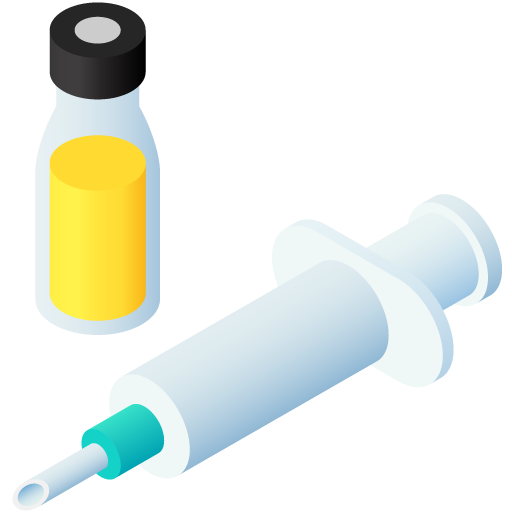
| Art. Nr. | 08327/5000 |
|---|---|
| EAN | 4064951001932 |
 TRUSTED SOURCE
TRUSTED SOURCE


